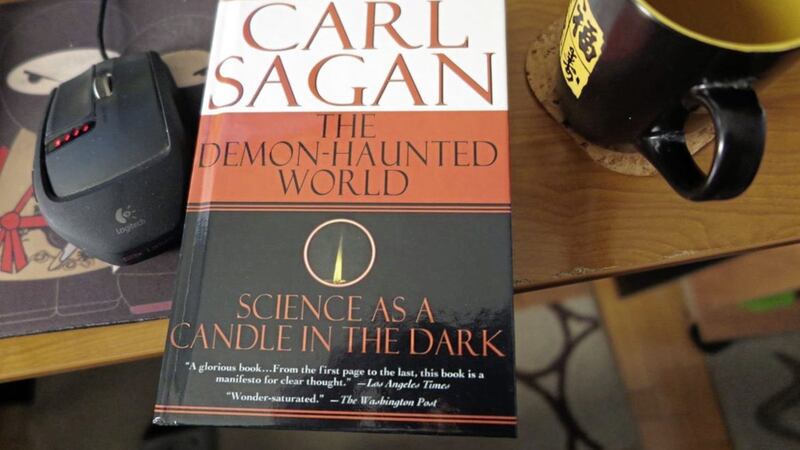WE now all live, love and laugh in a world where we are bombarded with information. If you reside locally, it’s mainly about Brexit. Every day we have some politician providing us with real news, fake news, twenty-four-hour news, soundbites, highlights or lowlights. Often some combination of these in the same sentence.
It’s become virtually impossible to assimilate and digest everything that assaults our senses, so we simply just do the best we can; more often than not relying on ingrained attitudes, pre-existing programming and learned habits. The danger is however that this starts us down the path toward becoming critical slackers.
In work too, we get provided with a significant amount of information to digest on a daily basis; however despite this overload, we should strive to avoid the aforementioned knee jerk reaction of lazy thinking and take time out to ensure that we apply due diligence and rigour to our analysis.
We need to separate the sense from the senseless, reduce the amount of baseless assumptions we make and try to ensure that we are not caught out relying on old tropes like confirmation bias, where we simply take the easy way out and only listen to viewpoints that confirm what we already think or believe.
How then do we make sense of all the information coming our way and dismiss the false, the fake and the fabricated? How can we test data thoroughly and apply rigour to our thinking, to avoid the nonsense and the fantastical while retaining and validating credible ideas and theories?
Carl Sagan, in his book ‘The Demon Haunted World’, offered a ‘Baloney detection kit’ to help us do just that: critically sift through the information we are provided with and determine if it’s genuine, worthwhile and honest or if it’s just a load of, y’know, baloney.
Some of Sagan’s key suggestions were that we should:
• Seek independent verification of facts. We should not just rely on a single source.
• Engage in actual debate, involving people with actual expert knowledge of the subject and who can bring different viewpoints to the table. This also requires approaching the debate with an open mind.
• Be wary of arguments presented by an ‘authority’. If Brexit has taught us anything it’s that the people who present themselves as an authority are often very subjective at best and clueless at worst in what they say.
• Try and generate more than one hypothesis or approach. If you need to explain something, then think of all the different ways it could actually be explained in reality. Then determine the tests you need to do to rule each hypothesis out. Don’t just run with the first idea that comes into your head.
• Ensure arguments and theories can actually be tested and are therefore be capable of being disproven. In essence you must be able to allow sceptics the opportunity to follow your reasoning and see for themselves how the results turn out.
• Also: don’t simply become attached to an idea because it’s yours. Depending on the amount of hubris we have, there can be a tendency to believe that our way is best, without subjecting it to the same testing as other people’s ideas.
• If there is a chain of events: test every link. They should all work, not just some, or even most, of them.
• Follow the principle of Occam’s Razor, ie where two theories can explain the data equally well, adopt the simplest one.
• Always try to quantify. Vague, qualitative arguments are much more open to other explanations. Quantifying allows us to more easily discriminate (objectively) between theories
Now Sagan also provides a lot of information on what you shouldn’t do, but that’s a whole different bit that you can read for yourselves, should you take the notion!
So hopefully this has given some food for thought and perhaps the next time you need to apply some critical thinking, whether it be about Brexit or some work-based problem you’ll be able to analyse a little more clearly and critically. And furthermore: this is just Sagan’s thinking on this topic; just because he was a scientist doesn’t make him right all the time: feel free to disagree, to test and to come up with your own hypotheses!
:: Barry Shannon (bshannon@cayan.com) is HR director at Cayan in Belfast








